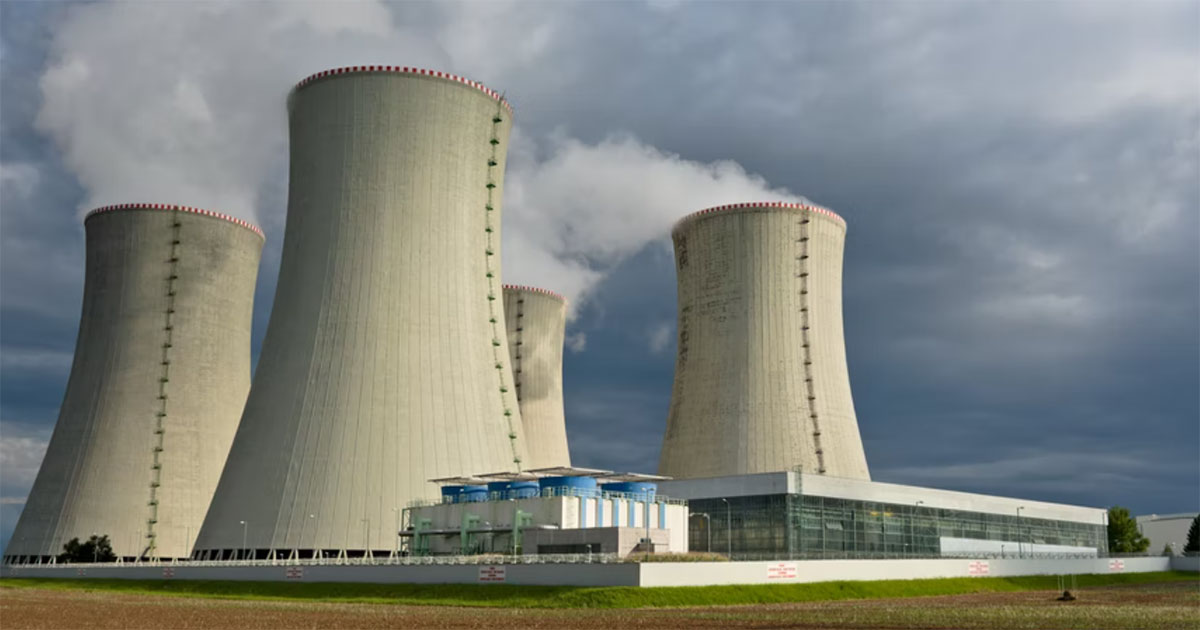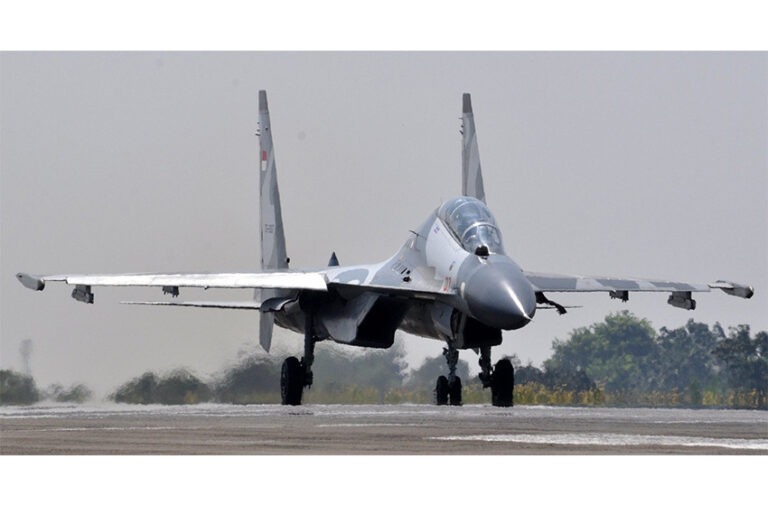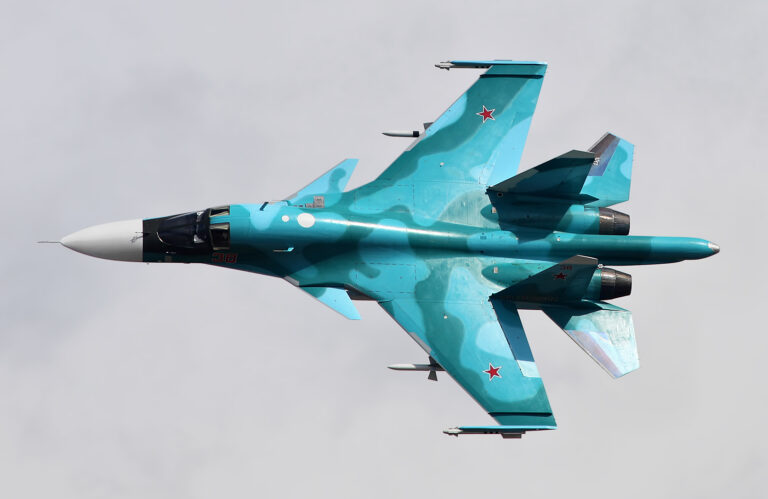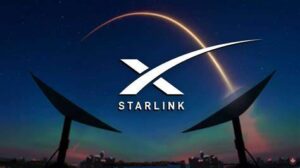As the world grapples with the pressing need to transition to cleaner energy sources, small modular reactors (SMRs) have been touted as a potential solution for countries with limited space or energy infrastructure.
Singapore, with its growing energy demands and sustainability goals, has increasingly considered the viability of SMRs.
While energy experts agree that SMRs could play a significant role in Singapore’s energy future, they emphasize that managing nuclear waste is crucial to making this technology a safe and sustainable option.
What are Small Modular Reactors (SMRs)?
1. A Compact and Scalable Solution
Small modular reactors (SMRs) are a type of nuclear fission reactor that is designed to be more compact, scalable, and flexible compared to traditional large nuclear reactors.
Typically, SMRs can generate between 50 to 300 megawatts of electricity, making them ideal for countries or regions with limited land or infrastructure for large-scale nuclear power plants.
Their modular nature allows them to be factory-built and transported to the installation site, where they can be assembled, significantly reducing the construction time and costs associated with conventional reactors.
For Singapore, an island nation with limited land resources, SMRs present a promising solution to meet its future energy needs without sacrificing space or safety.
The small size of SMRs means they could be deployed in urban areas, reducing the need for long-distance power transmission. Furthermore, the inherent safety features of SMRs, such as passive cooling systems and smaller reactor cores, make them a potentially safer alternative to conventional reactors.
2. Clean and Reliable Energy Source
One of the key advantages of SMRs is their ability to generate clean and reliable energy with minimal carbon emissions.
As countries worldwide aim to decarbonize their energy sectors and meet climate targets, SMRs could contribute significantly to reducing the reliance on fossil fuels. Singapore, with its goal to achieve net-zero emissions by 2050, could benefit from the low-carbon potential of SMRs.
Challenges in Waste Management
1. Nuclear Waste: A Critical Issue
Despite the promise of SMRs, managing nuclear waste remains one of the most significant challenges. Nuclear reactors produce radioactive waste, which requires long-term storage and careful management to prevent environmental contamination.
While the waste produced by SMRs is expected to be smaller and less hazardous than that of traditional reactors, it still presents a major issue.
Energy experts stress that proper waste management infrastructure will be critical for any nuclear power deployment in Singapore.
The country does not currently have the capability to store or dispose of high-level radioactive waste domestically, and importing or finding suitable disposal sites abroad may pose logistical, regulatory, and political challenges.
2. Developing a Safe Waste Disposal System
To address these concerns, Singapore would need to invest heavily in developing and implementing a safe, long-term nuclear waste disposal solution.
This includes finding secure storage solutions, monitoring facilities, and creating effective regulatory frameworks. Countries such as Finland and Sweden have made significant progress in developing deep geological repositories for nuclear waste, which could serve as models for Singapore in the future.
Future Prospects and Considerations for Singapore
1. Exploring International Collaboration
As Singapore looks toward a future that includes SMRs, international collaboration will be essential. The development of SMRs and nuclear waste management technology requires substantial research, expertise, and funding.
Singapore could benefit from partnerships with countries that have already made strides in nuclear technology and waste management, such as the United States, Canada, or Japan. These collaborations could help Singapore gain access to best practices, expertise, and advanced technologies that would allow the country to mitigate risks associated with nuclear energy.
2. Policy and Public Perception
Public acceptance of nuclear energy, including SMRs, will also play a crucial role in determining the feasibility of this technology in Singapore.
Nuclear energy has historically faced resistance due to concerns about safety, accidents, and waste disposal. Singapore would need to address these concerns by implementing stringent safety standards and transparent communication with the public about the risks and benefits of SMRs.
3. Long-Term Sustainability and Diversification
While SMRs have the potential to be a key component of Singapore’s energy strategy, they should not be seen as a silver bullet.
Singapore will need to continue diversifying its energy mix, relying on other renewable energy sources such as solar, wind, and potentially hydrogen, in combination with SMRs, to ensure long-term sustainability and energy security.








